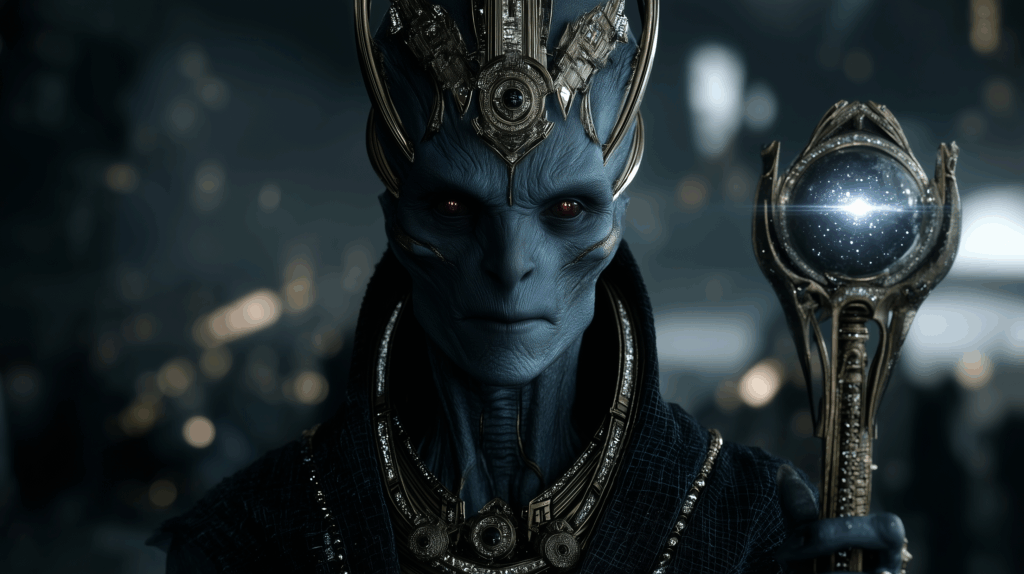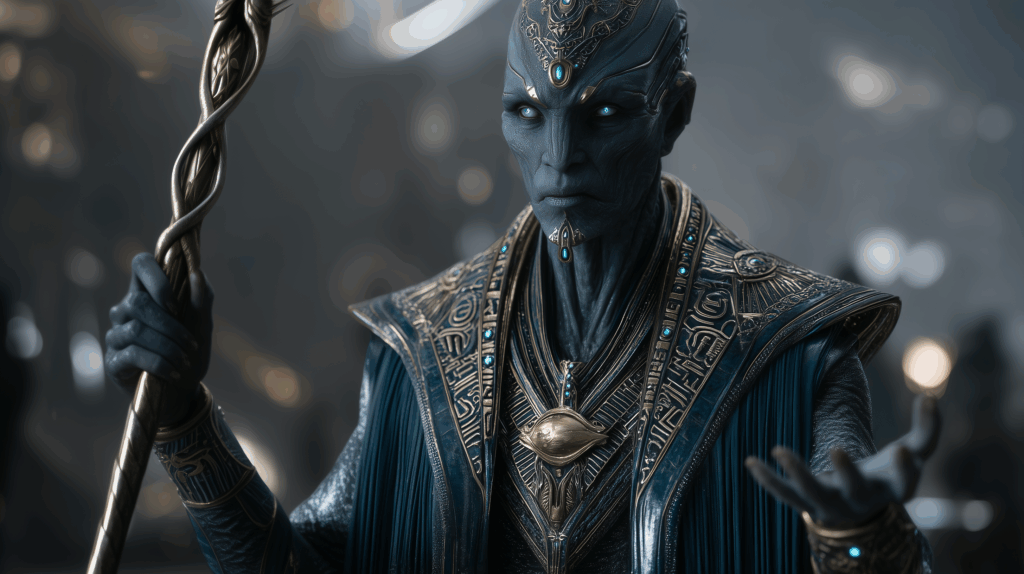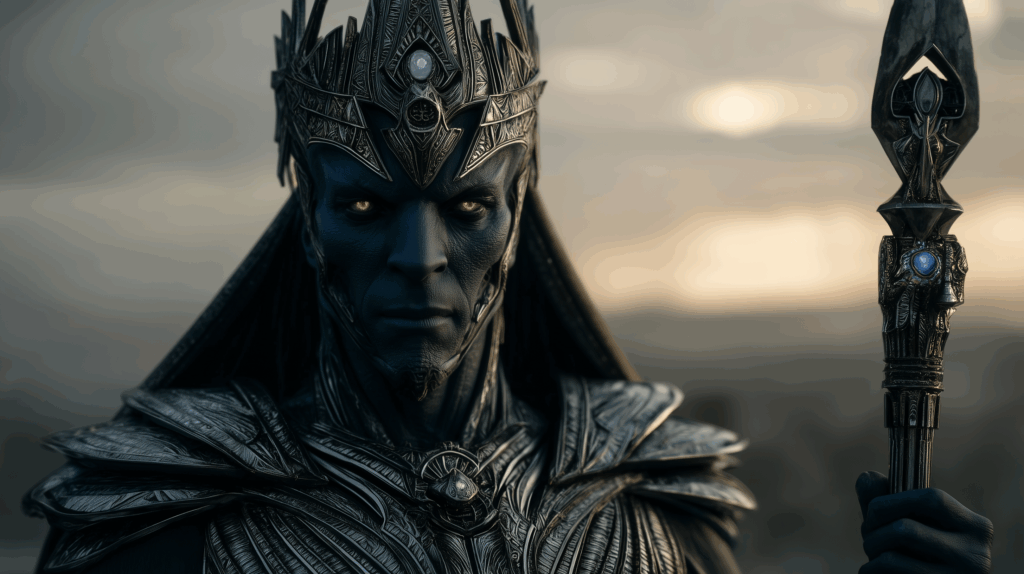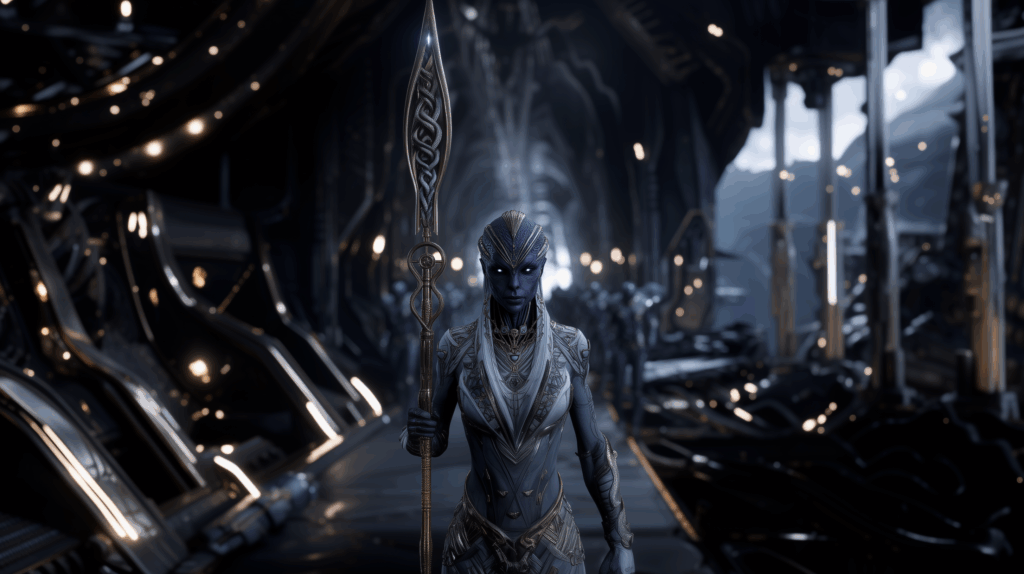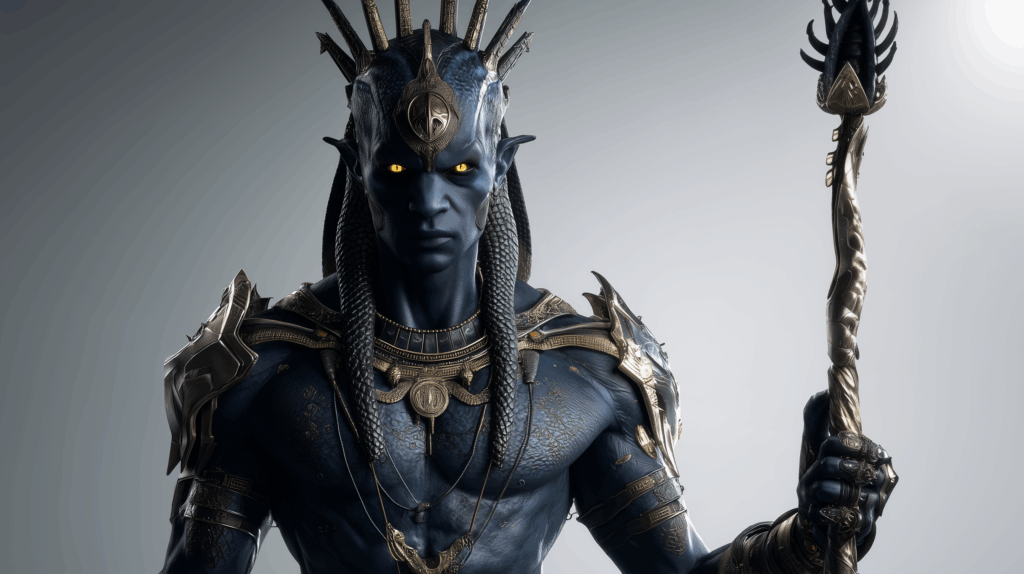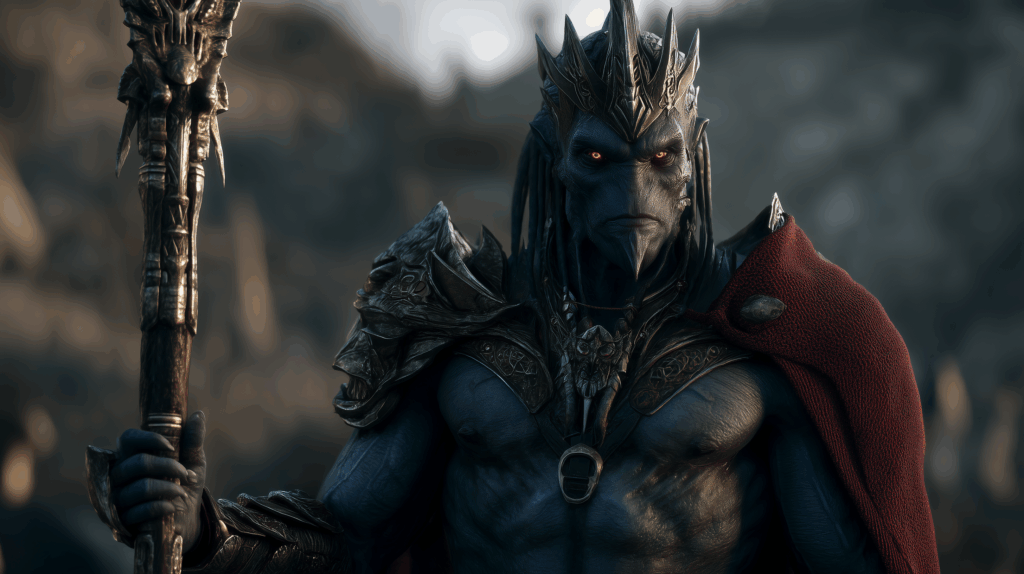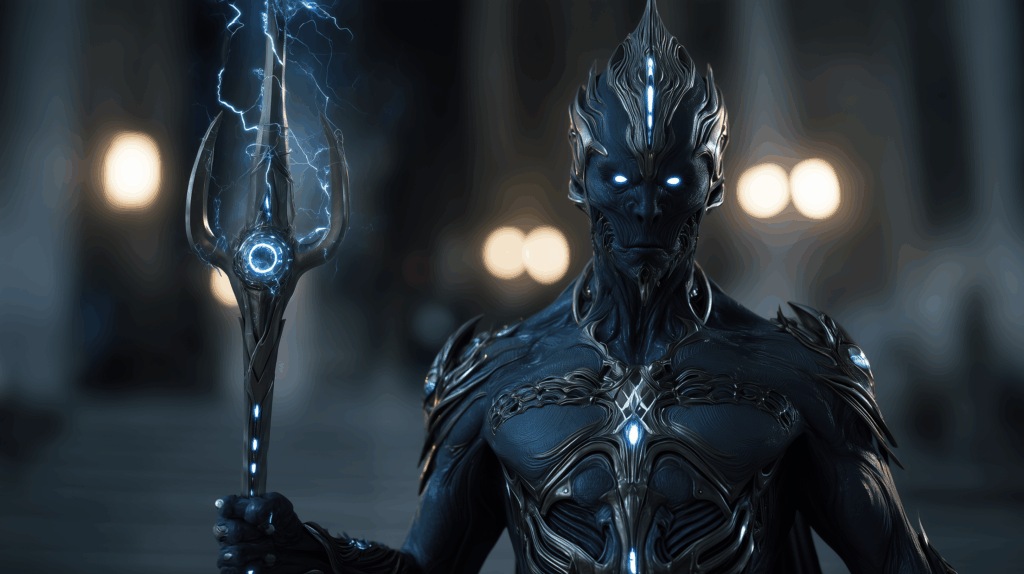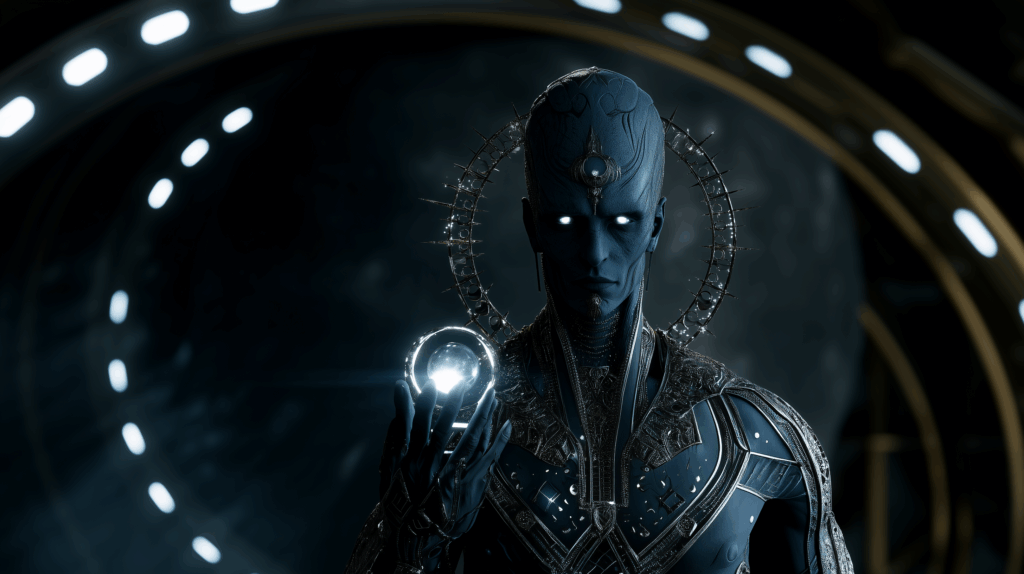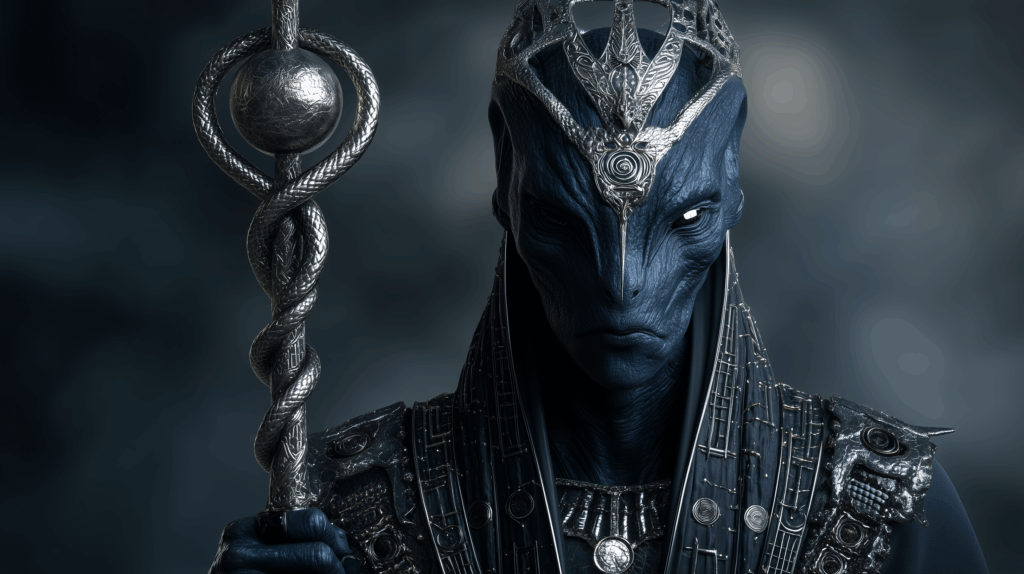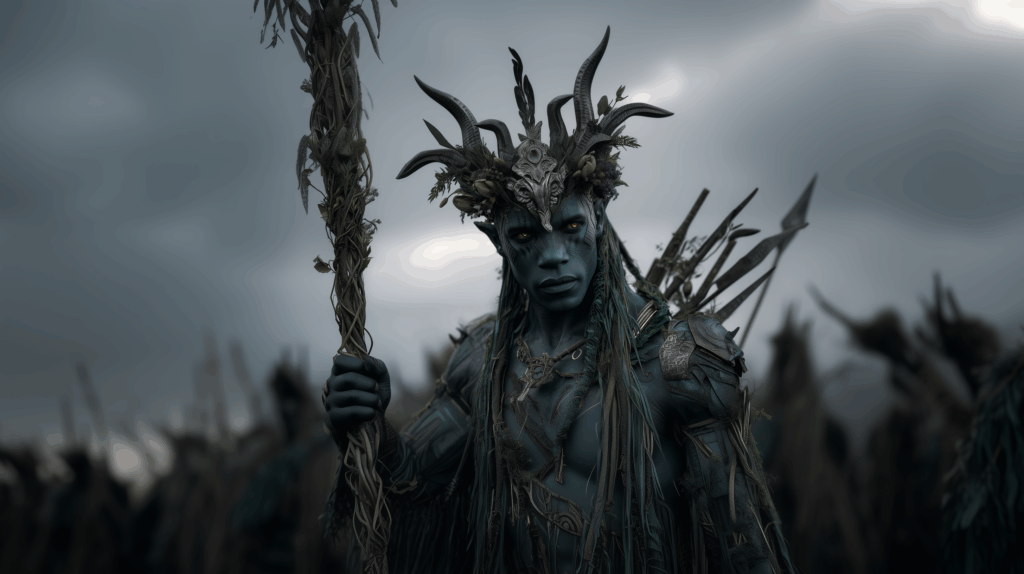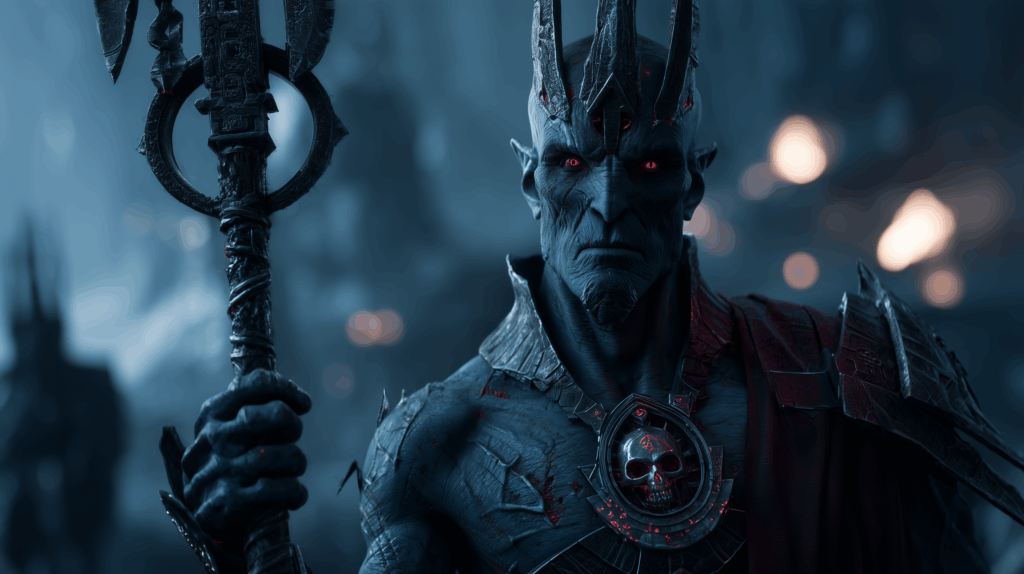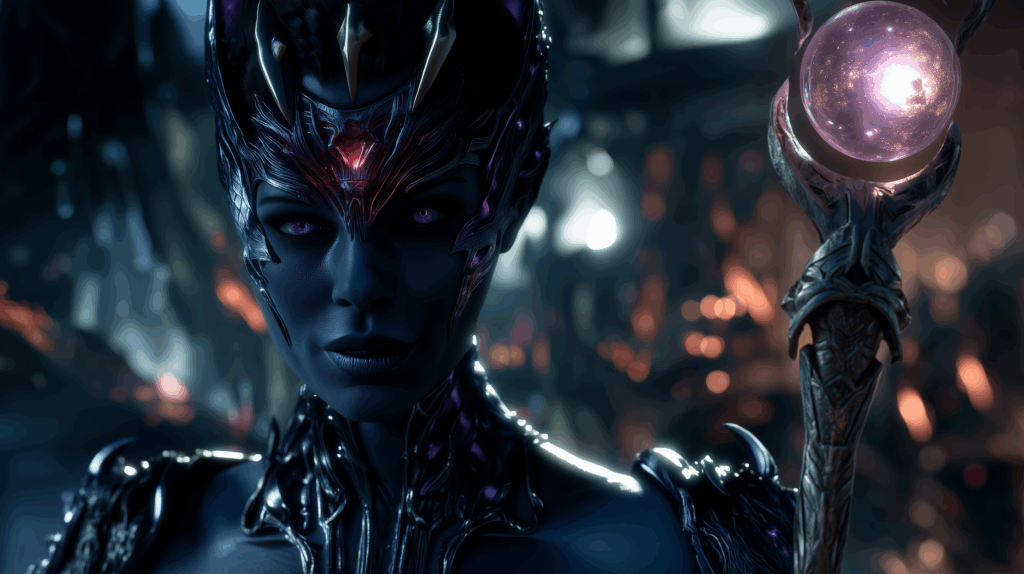Who Are the Anunnaki?
Anunnaki is a plural term used by the Akkadians to refer to their gods. The Sumerians referred to the same entities as Anunna. The terms Anunnaki and Igigi are often confused. While the Anunnaki are the great gods, those who make decisions and decide destinies, the Igigi are the lesser gods, also considered junior. According to the conclusions we can draw from Mesopotamian tablets and other sources, hundreds of thousands of years ago, beings called the Anunnaki made their way to Earth. It is said that they came here in search of gold! Upon arrival and beginning their labor force, they discovered primitive hominids inhabiting the planet. Seeing an opportunity, they engaged in genetic manipulation, transforming these hominids into a new species designed to serve them. This engineered species would eventually evolve into modern humanity after a series of experiments.
As the Anunnaki continued their interactions with humanity, their ambitions grew—from procreating with women to being worshipped as gods. They filled humanity with their stories, and we learned to worship them. They became our mythologies, our gods, our demons, and our protectors at the same time.…
Understanding the narrative that emerged from the Mesopotamian tablets is understanding our own history. This page is dedicated exclusively to this theme and everything that surrounds it. The topic is vast and not limited to a single video, a specific point of view, or a particular vision. This subject is a mystery to be unveiled.
My purpose here is to start from a scientific perspective, based on archaeological findings and studies of Mesopotamian tablets, and from there, consider other points of view. When we consider this perspective, we conclude that we must understand our place in all of this and our role in the universe, allowing us to act more consciously and live our lives to the fullest.
From my perspective, there is only one way to dispel the veils that obscure our vision and prevent us from seeing the truth as it stands before us: understanding our past of worship and reverence towards the gods. As I mentioned in other videos, they were revered as gods. And although our modern conception of the word ‘god’ does not allow us to see it this way, they played an important role in the creation of human beings. They are our fathers and mothers, who arrived thousands of years ago on planet Earth. And to truly understand them, it is essential to know who they are.
And among all the temples around the world, they all lead us to a single path, to a single land, and to a single group of gods: Sumer and the Anunnaki….
In the minds of ancient philosophers and scholars, the cosmos’s creation and structure were invariably framed in a human-centric perspective. Societal constructs, as understood in their era, along with all facets of human endeavor, were orchestrated by individuals. Consequently, the cosmic domain was perceived to be under the stewardship of entities resembling humans in form and consciousness, albeit invisible to the average mortal. These celestial overseers were deemed to possess unparalleled strength and efficiency, surpassing any terrestrial human entity, and were considered eternal. The notion of their demise introduced the fear of complete chaos. Invisible, omnipotent, and everlasting, these entities were revered as gods, referred to in Sumerian as “Dingir”. The complexity of the physical and metaphysical realms was associated with a plethora of such deities. Historical records reveal that by 2500 BCE, the enumeration of Sumerian deities already encompassed hundreds, each distinguished by a unique name and domain of influence.
The Sumerians held a belief in celestial gods, such as Apsu, Tiamat, Anshar, and Kishar. These gods, it is said, never set foot on Earth. There are clues that those so-called gods are actually celestial bodies in our solar system.
There were also terrestrial gods, major gods and minor deities confined to specific regions and commited to specific tasks. These gods had limited powers and were often responsible for mundane tasks.
Bridging these two categories were the “ancient gods,” who were believed to have descended from the heavens to Earth. These were not mere regional gods; they were gods of national and even international significance. They were believed to have been on Earth even before humanity, and mankind’s existence was attributed to their creative endeavors. These gods exhibited human-like qualities, including a range of emotions.
But.. Who exactly were these “ancient deities”?
At the pinnacle of the divine hierarchy were the sovereign entities governing the universe’s primary domains: An (later known as Anu), the deity of the heavens; Enlil, master of the air; Enki (later known as Ea), lord of water; and Ninhursag or Ninmah, the revered earth mother goddess.
